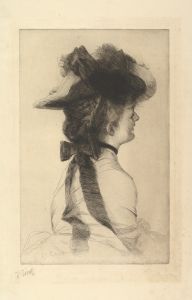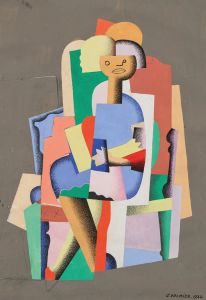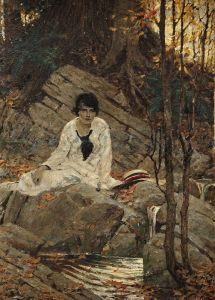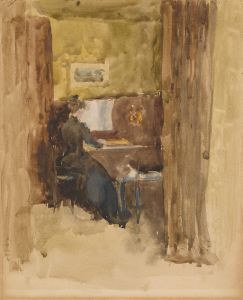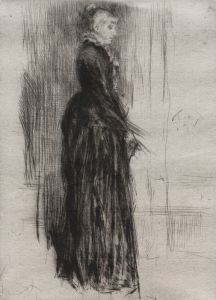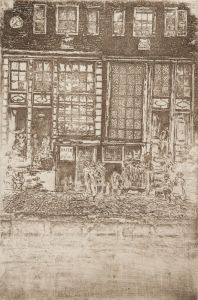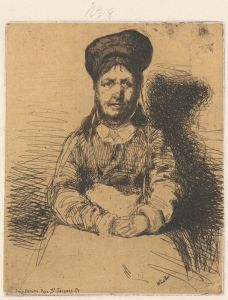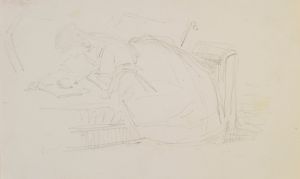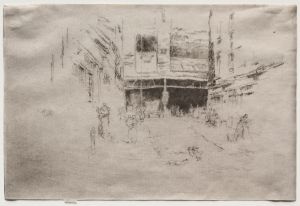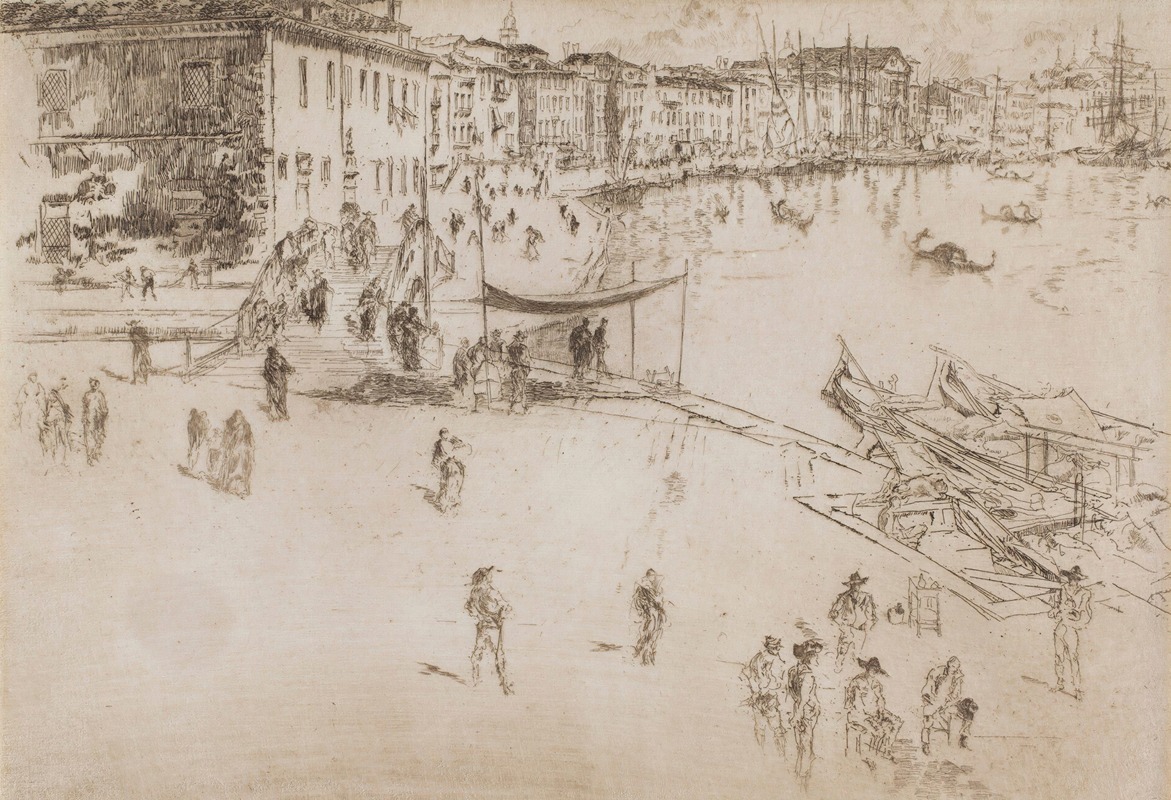
Riva, No. 2
A hand-painted replica of James Abbott McNeill Whistler’s masterpiece Riva, No. 2, meticulously crafted by professional artists to capture the true essence of the original. Each piece is created with museum-quality canvas and rare mineral pigments, carefully painted by experienced artists with delicate brushstrokes and rich, layered colors to perfectly recreate the texture of the original artwork. Unlike machine-printed reproductions, this hand-painted version brings the painting to life, infused with the artist’s emotions and skill in every stroke. Whether for personal collection or home decoration, it instantly elevates the artistic atmosphere of any space.
James Abbott McNeill Whistler was an American artist active during the late 19th century, known for his contributions to the Aesthetic Movement and his innovative approach to painting. One of his works, "Riva, No. 2," exemplifies his distinctive style and artistic philosophy. Whistler's oeuvre is characterized by his emphasis on mood and atmosphere over detailed representation, and "Riva, No. 2" is a testament to this approach.
"Riva, No. 2" is part of Whistler's series of works that capture the essence of Venice, a city that greatly inspired him. Whistler visited Venice in 1879, initially as part of a commission to create a set of etchings. However, his stay extended beyond his original plans, and he produced a significant body of work during this period, including paintings, pastels, and etchings. Venice's unique light and architecture provided Whistler with ample material to explore his artistic interests.
The painting "Riva, No. 2" depicts a view along the Riva degli Schiavoni, a promenade in Venice known for its picturesque views of the lagoon and historic buildings. Whistler's treatment of the scene reflects his interest in capturing the atmospheric qualities of the city rather than focusing on precise architectural details. The composition likely emphasizes the interplay of light and shadow, a hallmark of Whistler's style, which he used to evoke a sense of place and mood.
Whistler's technique in "Riva, No. 2" would have involved a subtle palette and delicate brushwork, aiming to create a harmonious and balanced composition. His approach often drew comparisons to musical compositions, as he sought to create visual "harmonies" that resonated with viewers on an emotional level. This method aligns with Whistler's broader artistic philosophy, which prioritized beauty and aesthetic experience over narrative content.
The influence of Japanese art on Whistler's work is also evident in "Riva, No. 2." During the 19th century, Japanese prints became increasingly popular in Europe, and Whistler was among the artists who embraced their stylistic elements. This influence can be seen in his use of flattened perspectives, asymmetrical compositions, and an emphasis on surface pattern and design.
"Riva, No. 2" is part of Whistler's broader exploration of the themes of beauty and art for art's sake, a central tenet of the Aesthetic Movement. This movement, which emerged in the late 19th century, advocated for the appreciation of art based on its intrinsic beauty rather than its moral or social messages. Whistler was a vocal proponent of this philosophy, famously encapsulated in his assertion that "art should be independent of all claptrap."
While specific details about the current location or exhibition history of "Riva, No. 2" may not be widely documented, Whistler's Venetian works have been exhibited in various collections and retrospectives, highlighting their significance within his body of work. His time in Venice marked a pivotal period in his career, allowing him to refine his artistic vision and produce some of his most celebrated pieces.
In summary, "Riva, No. 2" by James Abbott McNeill Whistler is a reflection of the artist's innovative approach to painting, characterized by an emphasis on mood, atmosphere, and aesthetic harmony. Through his depiction of Venice, Whistler captured the city's ethereal qualities, contributing to his legacy as a key figure in the Aesthetic Movement and a pioneer of modern art.





